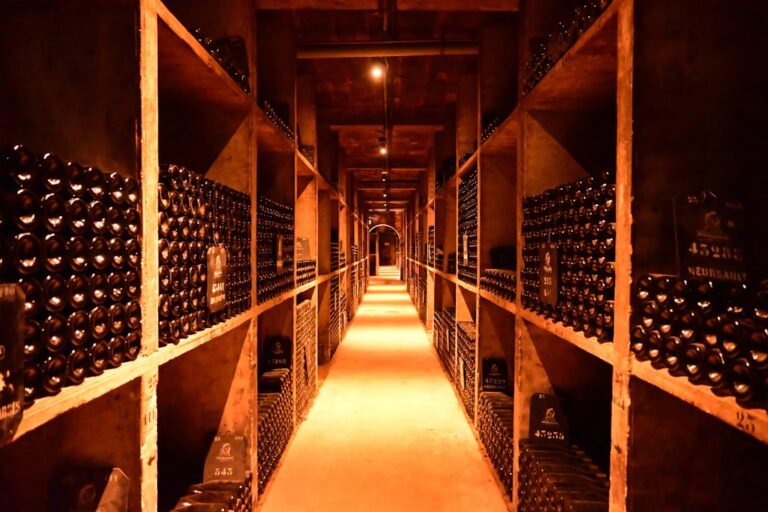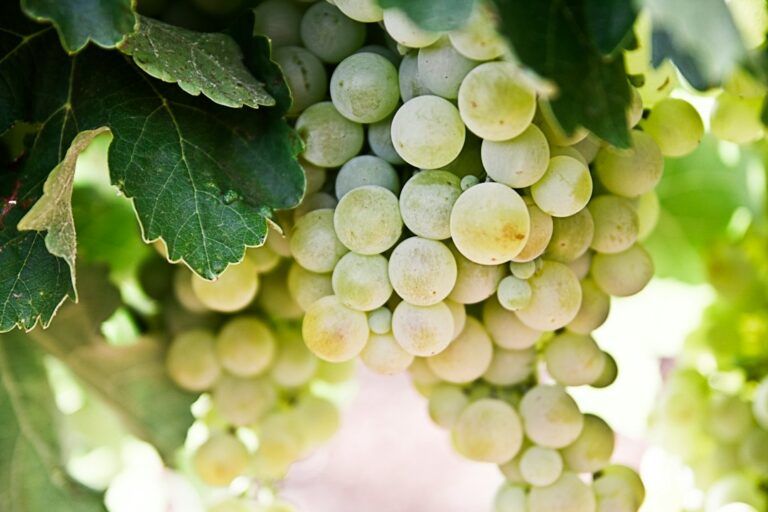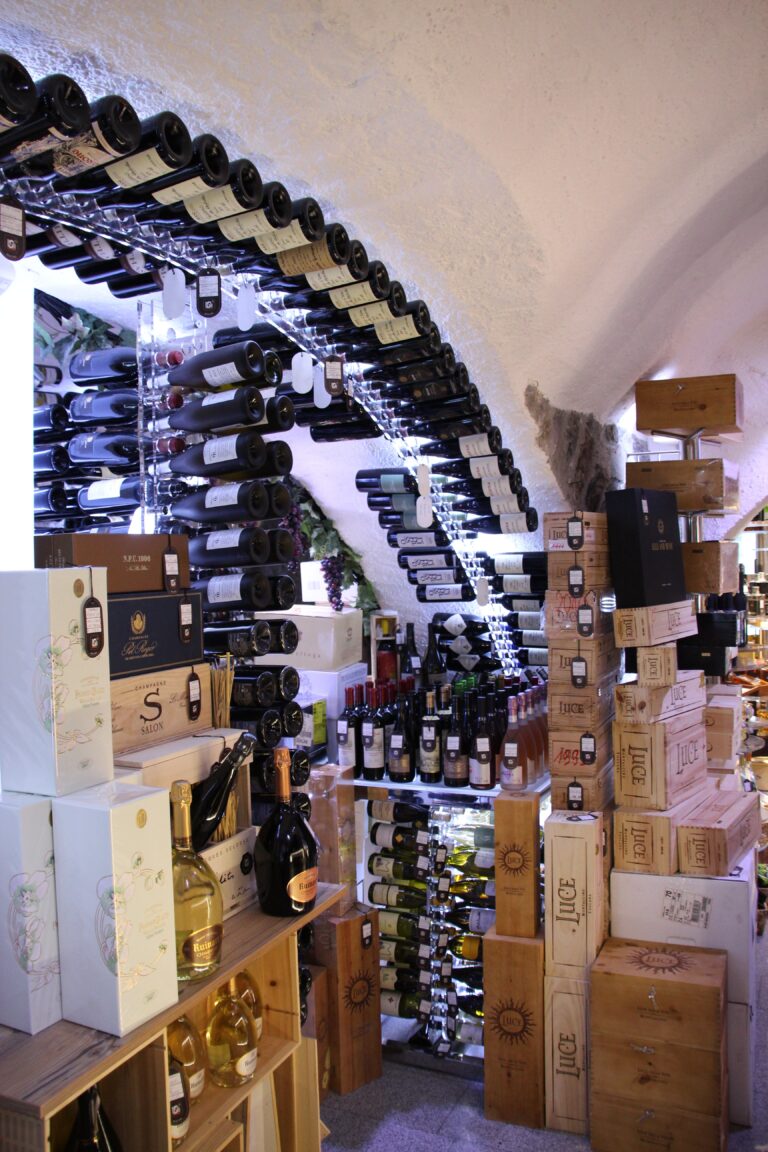The History of Wine
The history of wine dates back to 3100 BC in the Fertile Crescent of Egypt when our ancestors grew grapevines. It was likely that those grapes fermented at one point, or in their minds became “spoiled” into what we know as alcohol or wine. We can only imagine what a surprise it must have been when the first few became tipsy off those grapes! Although wild grapes grew worldwide, it was this species Vitis vinifera that was being cultivated into wine and extending from the Middle East to the Mediterranean and Europe.
Wine grapes then made their way into Greece and it is said that wine had spread to Europe around 1600 BC when the Roman Empire had spread into the Mediterranean. Romans loved well-aged wines, ageing for up to 25 years, according to some Roman writings. Either they perfected the first airtight container, or they liked the rusty wine. The Romans were also the first to use ceramic jars for storing wine.
The Celts, or Barbarians, of northern Central Europe, began using oak wood similar to those currently used in barrels to store wine today. This rounded in the middle design made them easy to move and subsequently age properly and add a great taste!
Oak allows wine to “breathe” without it being airtight. The presence of oak in wine and the barreling process has passed through the ages; it is a significant contribution to the history of wine. After the fall of the Roman Empire, Christian monks were in charge of the development of European wines. It is these monks who are responsible for much of the history of wine making and many of their traditions are still practiced in Europe today. Until the 20th century, wine was almost exclusively the domain of Europe. So today a significant percentage of the vines in the world are of European origin.
The wine spread to the New World
European explorers brought their “Old World” grapevines with them to the New World in the 16th Century. Although wild grapes flourished on American soil, European settlers tried to plant their Vitis Vinifera native species with limited success, mainly due to pests. It wasn’t until the 18th century when the Spanish successfully established a grape called the “Mission” in Mexico, Texas and California, when wine was really brought to the States. The grape flourished in California and today the Mission grape is still only produced by a handful of growers. However, the Vitis Vinifera grape did flourish in other areas of the New World such as South America, Central America.
Prohibition
In 1920, Just as the new American wine industry was gaining momentum, the anti-alcohol sentiment was strengthened and almost ended the history of wine.
Prohibition lasted nearly 14 years, but a few wineries found creative ways to stay in business. They labeled it as cooking wine, medicinal, or sacramental purposes. However, many wineries had to close their doors and it took considerable time for the wine industry to recover. It wasn’t until the 1960’s and 1970’s when United States wineries were really back up and running. New York and Ohio were the first wine-producing states in the new nation until the gold rush brought half a million people to California. It was then that the new residents tested the many grape varieties, including the European variety and realized California to be a very rich agricultural region.
Good years
Growing grapes and wine production became very scientific in the 20th century. During this time most countries enacted strict rules for wine production in their regions, with France leading and the United States joining them in 1978. The regulations in the states are a bit more flexible than European standards.
In the United States, consumption of wine was indeed becoming popular in the mid to late 20th century and in 1970, Americans were drinking more than a liter of wine per person, per year.
California’s reputation for producing first class wines continued to grow, eventually beating their French competitors in blind taste tests. The first win for California was during the Judgment of Paris where Chateau Montanan beat their French competitors with a 1976 Chardonnay. This win put Napa Valley on the map and quickly became a destination for all wine lovers.
Since then, Americans penchant for fine wine has only increased. Their love affair with red wines began with the French Paradox, which concluded that the consumption of red wine explained why the French suffered fewer heart attacks even though they ate poorly, smoked more and exercised less. Of course we are going to start drinking red wine more!
The red wine grape that first grew in popularity as a result of the “French paradox” was Merlot, with its soft, smooth, attractive light tannin. However, In 2004 Pinot Noir took over, particularly in the region of Santa Ynez and Central California. I am sure this had a large part to do with the movie “Sideways”. And the history of wine around the world continues to evolve.







